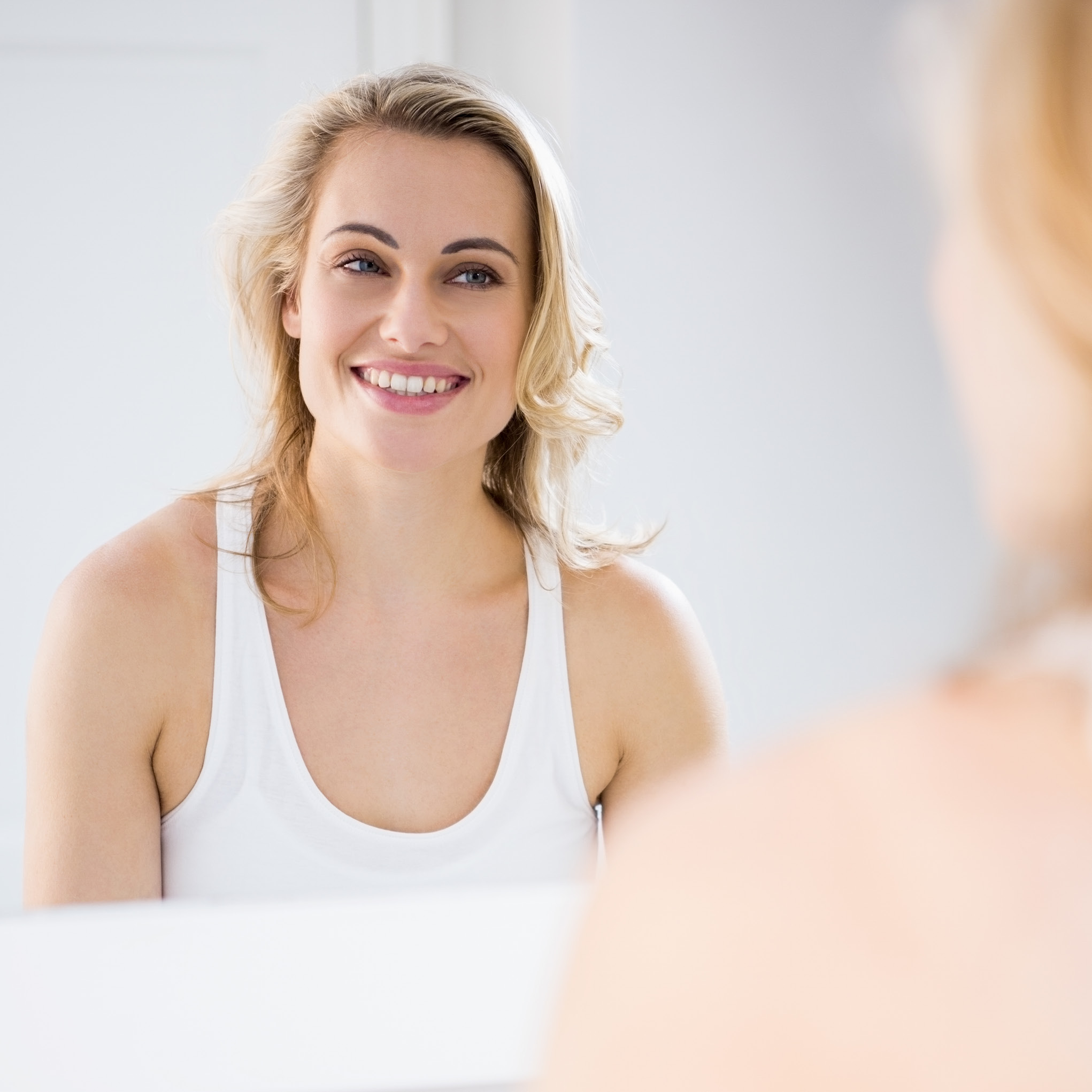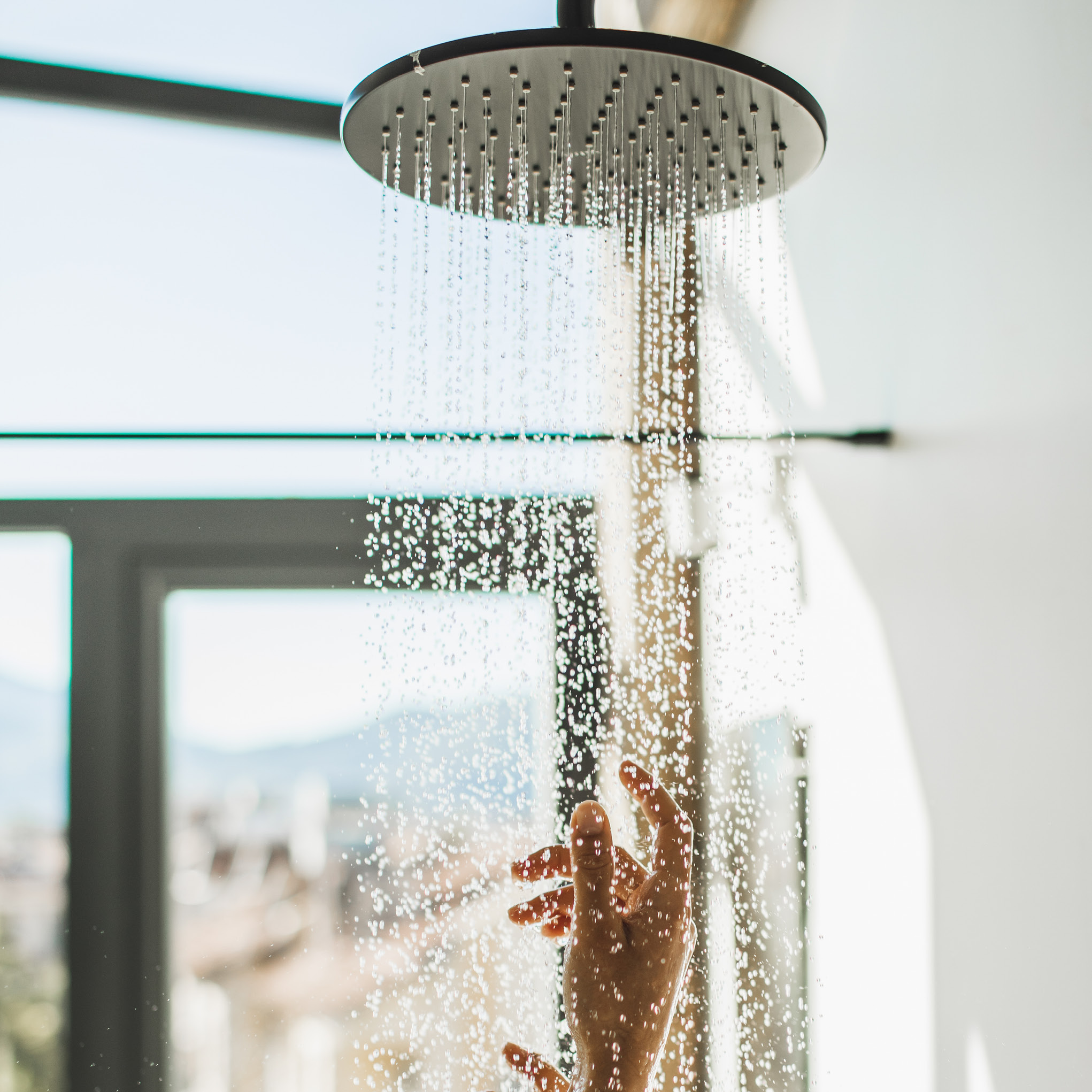How to perform a Self-Breast Exam and how frequently should you do it
Performing a self-breast exam (SBE) can help you become familiar with how your breasts normally look and feel, allowing you to notice any unusual changes early. Here’s how to conduct an effective self-breast exam:
Steps for Performing a Self-Breast Exam
In Front of a Mirror

- Stand with your shoulders straight and arms by your sides.
- Look at your breasts to check for any visible changes such as swelling, dimpling of the skin, or changes in the nipples.
- Raise your arms and look for the same changes with your hands lifted.
- Check for fluid coming from one or both nipples (this could be watery, milky, or even bloody).
While Lying Down

- Lie down flat on your back with one arm above your head. Use the opposite hand to examine the breast on the raised-arm side.
- Using the pads of your fingers, press gently in small circular motions around the entire breast, from the outer edges toward the nipple. Cover all areas, including the armpit, where breast tissue extends.
- Use different pressure levels (light, medium, and firm) to feel all layers of the breast tissue. Repeat the process for the other breast.
In the Shower

- While standing or lying down, you can also perform the exam while your skin is wet, as this may help fingers glide over the breast tissue more easily.
- Raise one arm and use the opposite hand to feel your breast in the same circular motion, checking for lumps or thickening.
Frequency of Self-Breast Exams
- Once a Month: It’s recommended to perform a self-breast exam once a month. The best time for pre-menopausal women to do the exam is a few days after their menstrual period ends, when breasts are less tender and swollen. Post-menopausal women can choose any day of the month, but it’s a good idea to stay consistent, such as performing the exam on the same day every month.
Why It’s Important
While self-breast exams are not a replacement for professional screenings like mammograms, they are a useful way to stay aware of changes in your breast tissue. If you notice any unusual changes—such as a lump, swelling, nipple discharge, or skin dimpling—contact your healthcare provider for further evaluation.
